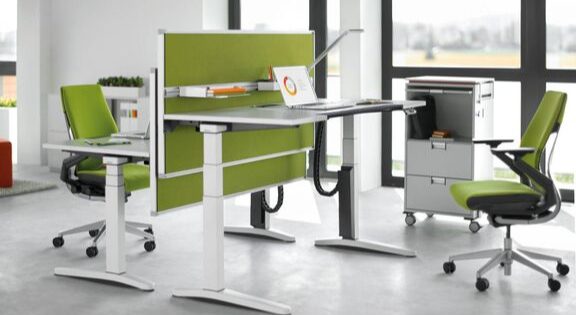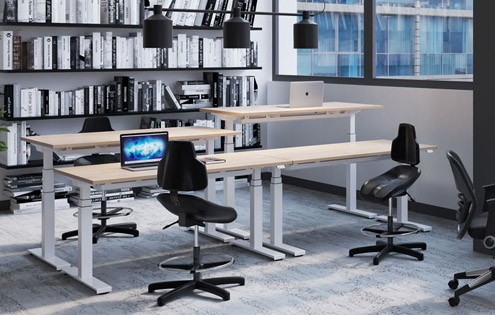To sit or to stand … that is the question
You’ve probably heard the new buzz words in the office world – ‘sit stand desks’. But is this going to turn out to be one of those fads that is destined for a recycling centre when the next big thing comes along, or is there actually something about sit stand desks that will stand the test of time?
We think sit stand desks are here to stay and will only get more popular as time goes on. They’re hugely popular in Scandinavia where more than 80% of office workers have one. In fact, in Denmark, it is now mandatory for employers to offer their staff a height adjustable workplace.
Sit stand desks are indeed a healthier option
The health benefits of providing your staff with sit stand desks have been well documented. The organisation Get Britain Standing was set up with the goal of getting us out of our seats more often. Even though we now all benefit from ergonomic chairs, the sad fact is the majority of us spend nearly nine hours a day sitting down, which is proving to be bad for our health. We’re not only losing muscle mass, we’re also putting ourselves at risk of heart disease, obesity, diabetes, cancer, back problems, dementia and depression. That’s a scary list of possibilities.
The knee jerk reaction was to swap to standing desks. But there are also detrimental effects on our health by standing all day, which could lead to increased risks of cardiovascular disease and musculoskeletal problems.
So, there had to be a compromise – the sit stand desk. Sit stand desks can be adapted according to individual needs by raising or lowering them so they are at the correct height for users whether they’re sitting and working or standing and working. Pre-set controls enable users to change positions quickly and easily throughout the day, enabling them to work comfortably and stay healthy.
Is your finance director saying no?
We admit that sit stand desks are a little more expensive than ordinary desks, and your finance director or accounts department are probably begging you to pretend you’ve never heard of them, but there actually is a very strong counter-argument to making the initial outlay in terms of return on investment. One research study discovered that after six months of sit stand desks being installed, productivity in one call centre was up by an average of 46%. This is a massive improvement and, granted, other studies have shown lower increases of between 10-15% – but that’s still a significant increase. The fact is that sit stand desks help staff produce better results, because individuals like having control over their working environment, and the benefits of varying sitting and standing during the day leads to fewer back problems which in turn leads to fewer days off sick; in addition, the longer-term health benefits also lead to fewer sick days in the future. So, this really is a good time for you to investigate replacing your office furniture.
Getting resistance from your staff?
There are always people who’ll resist any kind of change, and you may well encounter some resistance from your staff who aren’t keen to try out something different. Others may resist because the longer-term health benefits don’t seem immediate enough to be worth worrying about now.
But the fact is that even small amounts of activity are good for you. One researcher at the Institute for Sport, Exercise & Health found that, over a year, standing up for three hours a day brings the same health benefits as running ten marathons. Get Britain Standing also found that sitting down for more than 90 minutes will slow your metabolism dramatically; on the other hand, if you stand for an hour, you burn 50 extra calories than you do sitting. It estimates that standing for just 30 minutes a day for a year will burn enough calories for you to lose over five pounds. If that’s not motivation enough for reluctant staff to embrace sit stand desks and become more active, we don’t know what is!







